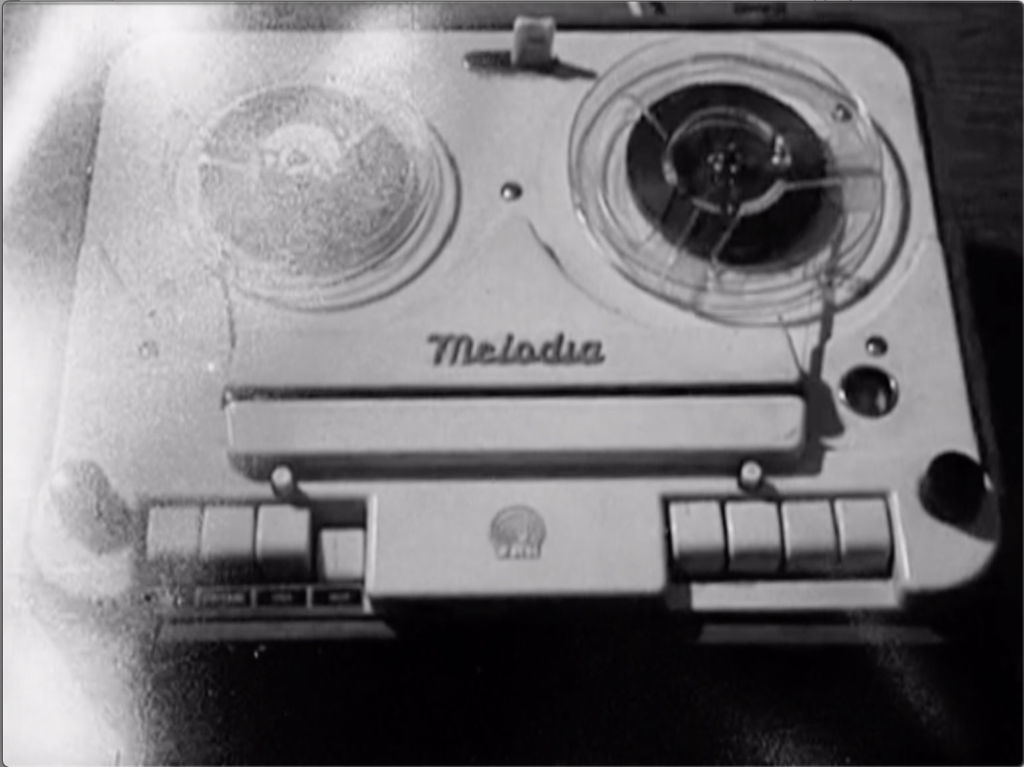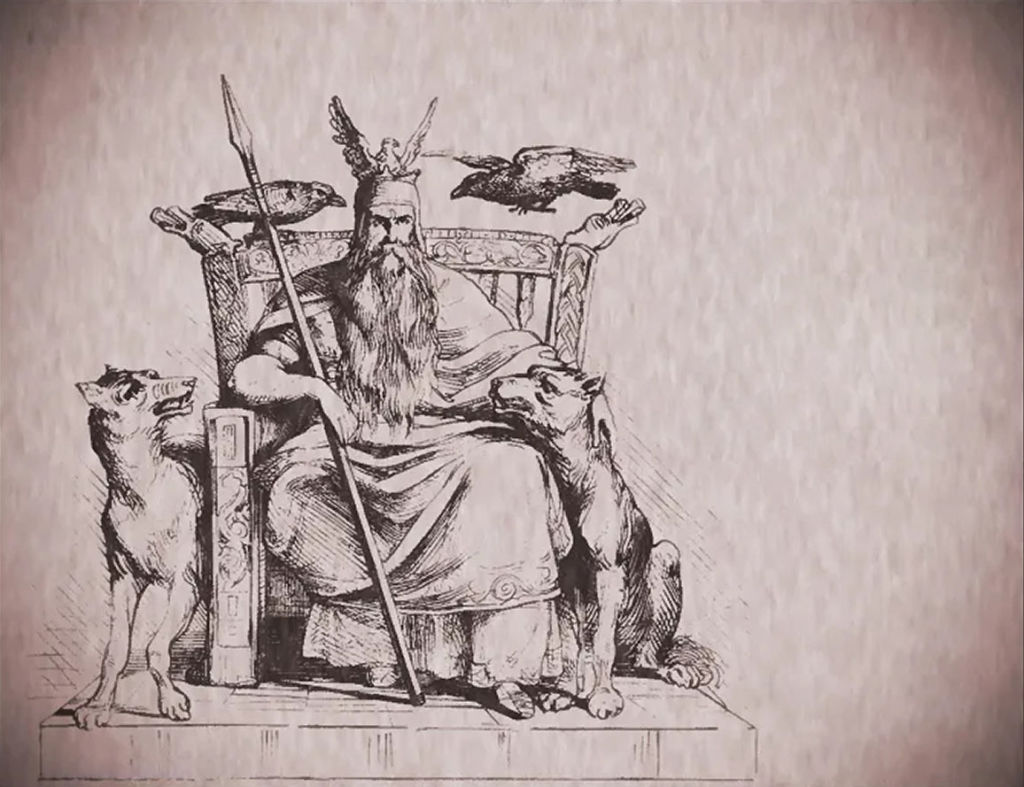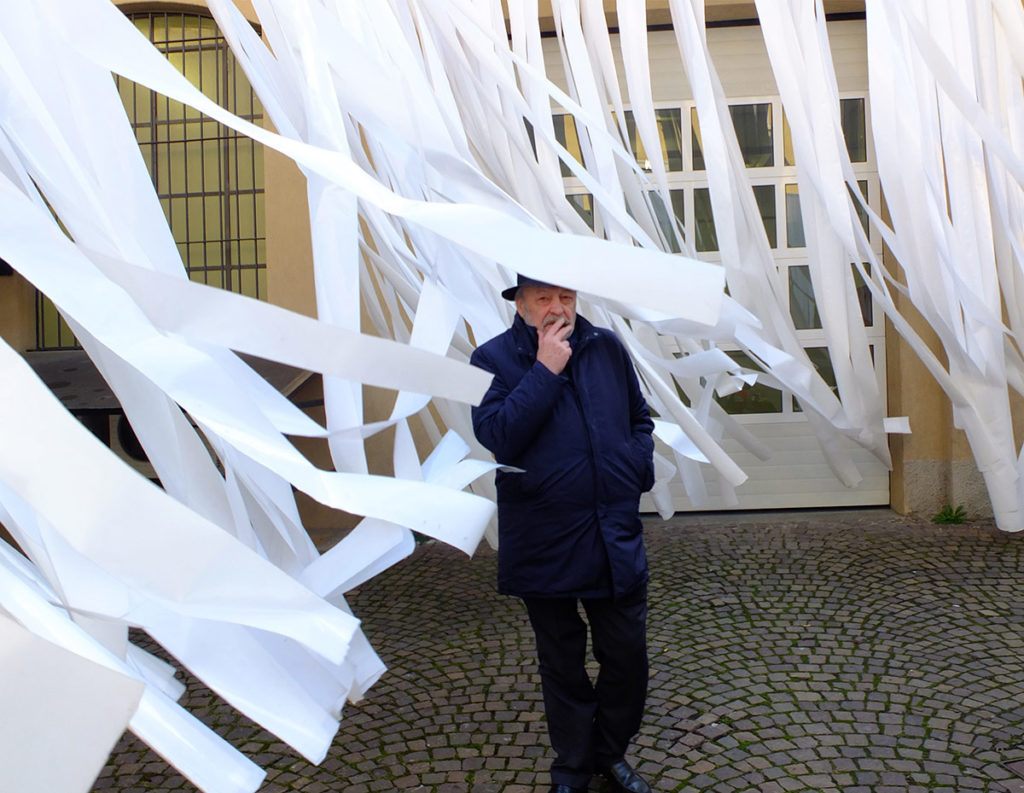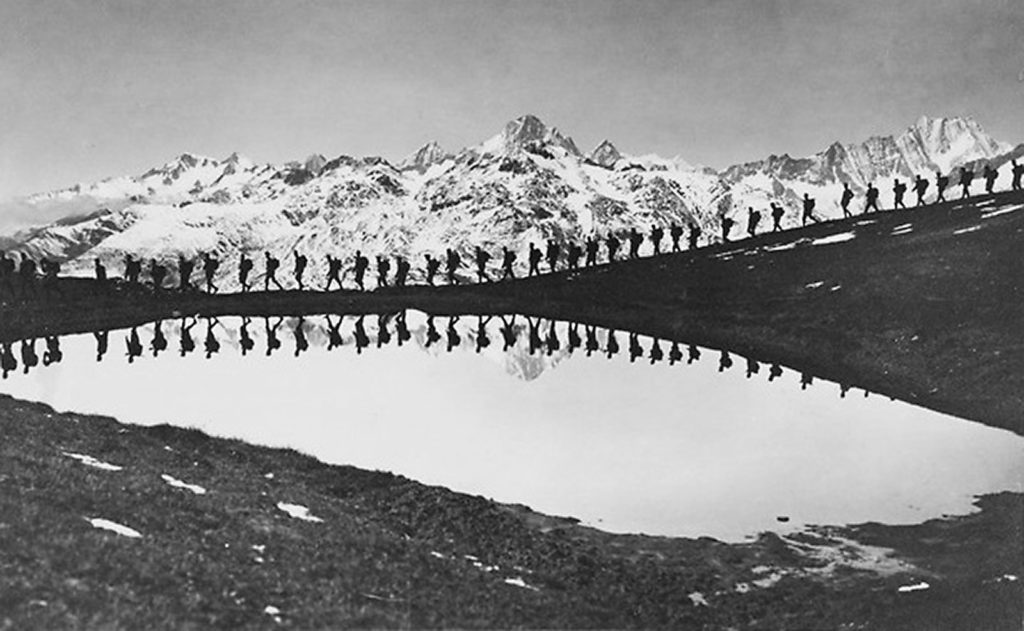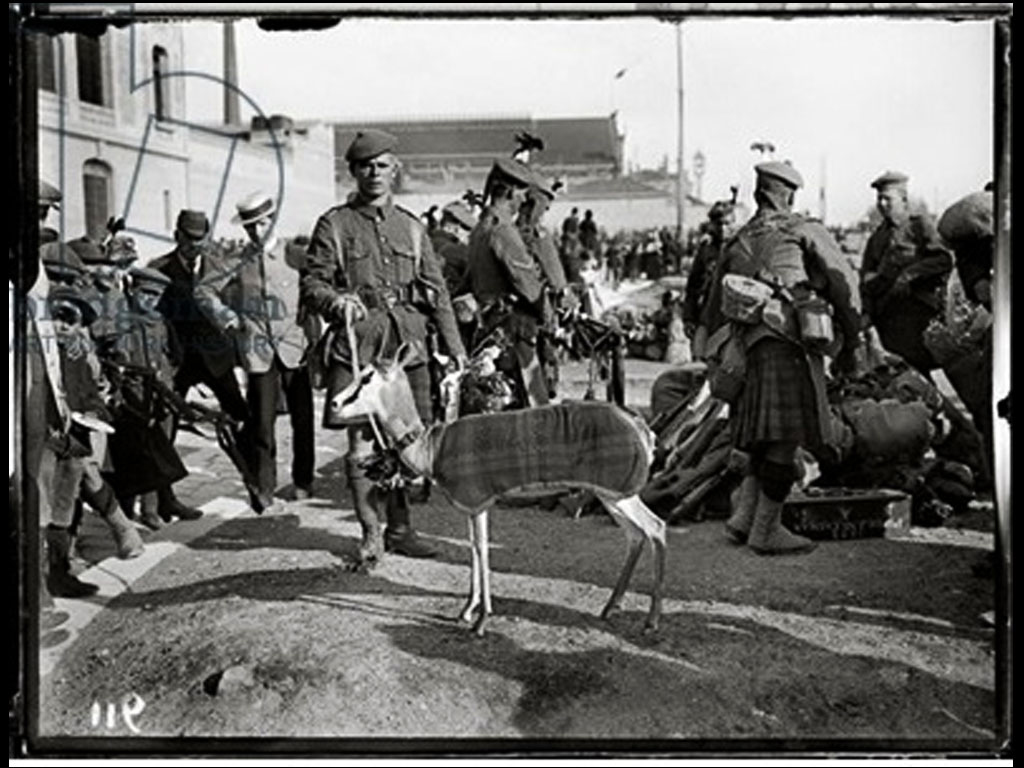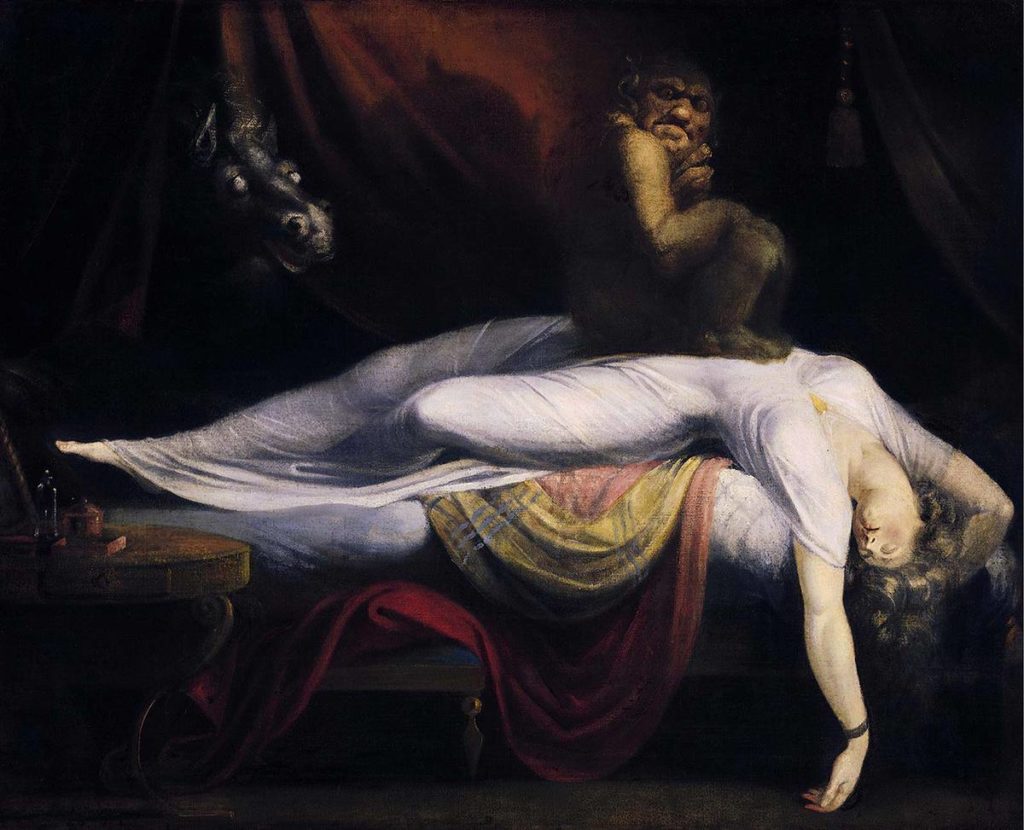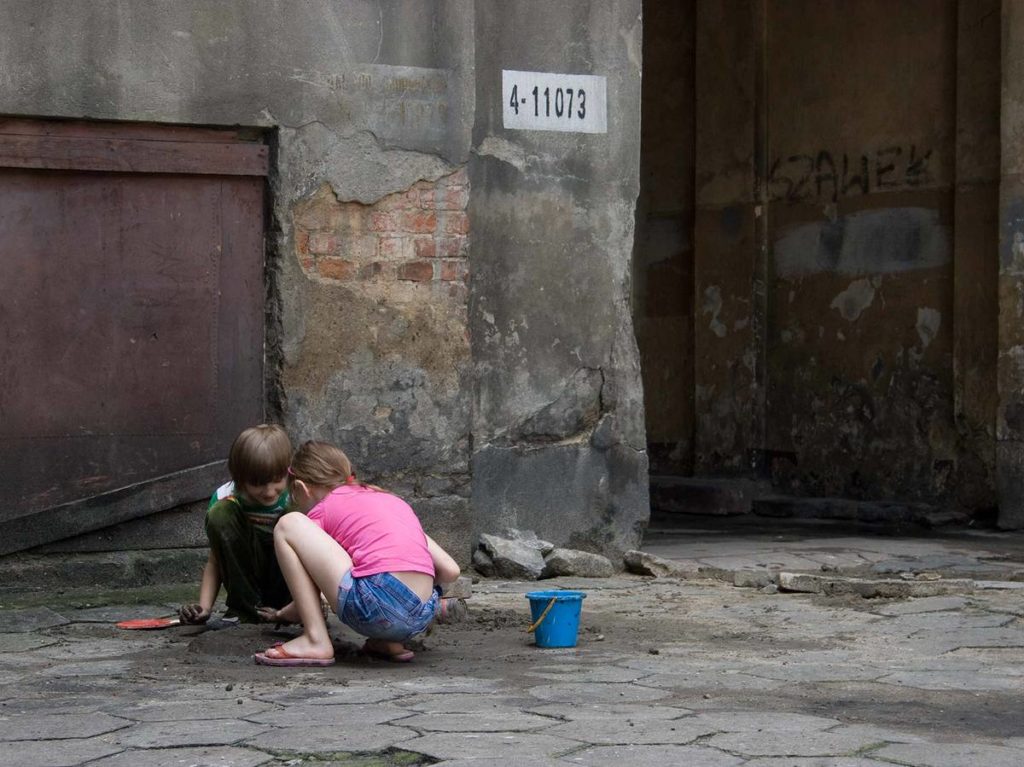School of Spontaneity Interview with Vincent Epplay on his film Atelier des sons et expressions spontanées
The film Atelier des sons & expressions spontanées is a free interpretation of the experimental artistic practices undertaken in schools in the 1960s and 70s, in particular sound experimentations conducted with schoolchildren as part of the Freinet pedagogical method. The film is documented by a collection of audio archives (vinyl 45’s) and magazines (Art Enfantin) published by the Institut coopératif de l’école moderne (ICEM, Freinet method), a rather exhaustive collection reunited specifically for this project. These sound archives, replayed especially for the occasion and juxtaposed with film scenes of diverse origins, generate a kind of joyful ambient chaos, offering a phantasmagorical account of these pedagogical excursions into utopian experiments that hoped to counteract the monotony and boredom in schools.
The film Atelier des sons & expressions spontanées is a free interpretation of the experimental artistic practices undertaken in schools in the 1960s and 70s, in particular sound experimentations conducted with schoolchildren as part of the Freinet pedagogical method. The film is documented by a collection of audio archives (vinyl 45’s) and magazines (Art Enfantin) published by the Institut coopératif de l’école moderne (ICEM, Freinet method), a rather exhaustive collection reunited specifically for this project. These sound archives, replayed especially for the occasion and juxtaposed with film scenes of diverse origins, generate a kind of joyful ambient chaos, offering a phantasmagorical account of these pedagogical excursions into utopian experiments that hoped to counteract the monotony and boredom in schools.
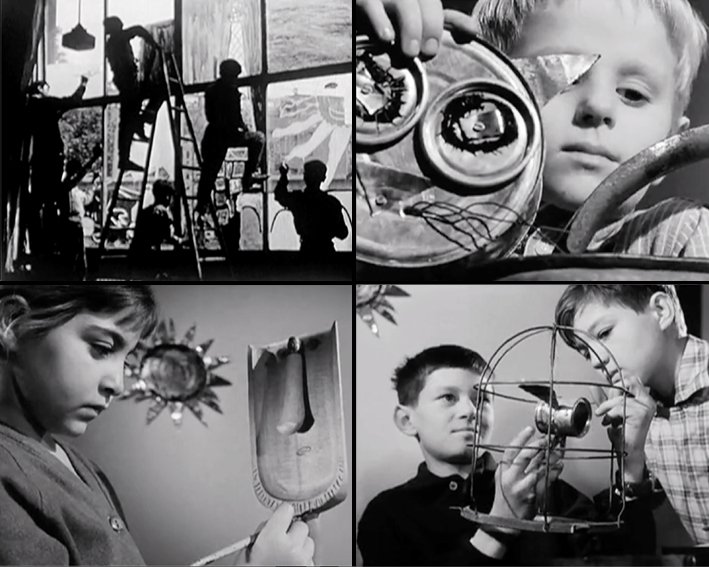
Vincent Epplay, stills from the film Atelier des sons et expressions spontanées, 2020
Luc Clément: This new film fits in perfectly with your artistic practice, which often associates archive images with experimental sound production along a rather discrepant mode (dissociating sound and image). It seems, however, that this project developed quite by chance.
Vincent Epplay: The project started with my personal research into the notion of sound and musical experimentation conducted by children in schools. To be more specific, it actually started to take shape when I rediscovered the magazine Art enfantin, several issues of which included a record and an explanatory note or a text about the experience of making the recordings. My initial intention wasn’t to make a movie, and even less a documentary on the topic, rather to use these collected recordings and documents to create an open installation for reproducing these experiments, including programmed listening sessions within a kind of reading and reference library with a selection of texts and image-documents. In brief, a sort of mini studio-library open by appointment. But like usual, these initial ideas change as opportunities come up. So the idea for a film suddenly became concrete following a proposition by Pascale Cassagnau (art critic and Doctor of art history) for the ‘rendez-vous du Gai savoir à Paris’ initiative.
Unlike many of my previous films — Mnémotechnie sonore & musicale, Xénoglosie Radio, Le Club des Animistes, La fabrique du consentement ‘Hypnose musicale’ (assemblage films composed primarily of archive images, conceived as film scores for concerts/screenings where the sound is played live) — the film Atelier des sons & expressions spontanées had a screenplay and was edited to the soundtrack, which was recorded beforehand and composed essentially out of ICEM and édition CEL productions. In this context, the images work to accentuate the idea of musical experimentation, the visual sequences were selected to amplify the sound material independently of their original meaning. Even if it seems like sometimes a narrative might be surfacing, the raw and free music aspect of the soundtrack, associated with specifically-edited superimposed images and the unsynchronized sounds, make the final product rather untameable. Let there be chaos! Something is bound to come of it.
LC: While watching, one cannot help but think of Jean Vigo’s cinema and Zero for Conduct, even more so than, for instance, the Truffaut of ‘400 Blows’. Did you have this reference in mind or are the images, as the title suggests, spontaneously larger than life?
VE: The different film scenes I used are primarily documentary in origin, or served as propaganda, dating back to the 1930s until the late 1970s, which gives them a very particular esthetic and temporal sheen.
For the most part, they consist of little scenes pulled from newsreels: on a hands-on class busy building sculptures for the children’s carnaval in the Czech Republic; on a religious institution of deaf-mutes in Larnay, near Poitiers (“The School of Miracles”); on a group of children improvising with Baschet sound structures as part of the Bruits en fête et sons du plaisir event; on an advanced class at Emile Levassor primary school that uses Freinet techniques in Ivry-sur-Seine; on the electroacoustic musical initiation at GMEB (Experimental Music Group of Bourges) that used the Gmebogosse synth designed by IMEB (International Institute of Electroacoustic Music in Bourges); on an American school in the 1950s (“Formes & formations: peintures et musiques des gestes enchantés”); or even on an architectural experiment entitled Du rêve en cube conducted by Jean Boris at the Freinet school in Vence.
Throughout this diverse array of documents, you always come across the school context: school, the classroom and educational workshops, where children are grouped together to provide a framework for putting into practice the idea of collective experience. In these situations, which have to do with playing and games, whether it be with musical instruments or other objects not necessarily related to music, recording devices act as a witness to all these experiments. As to the references, there are many and may recall films like “Le Moindre geste” by Fernand Deligny, co-directed with Josée Manenti and Jean-Pierre Daniel (1962-1971), or “Les enfants de Summerhill” or, indeed, “Zero for Conduct” and that pillow fight scene in the dormitory… A magnificent moment of poetic folly.
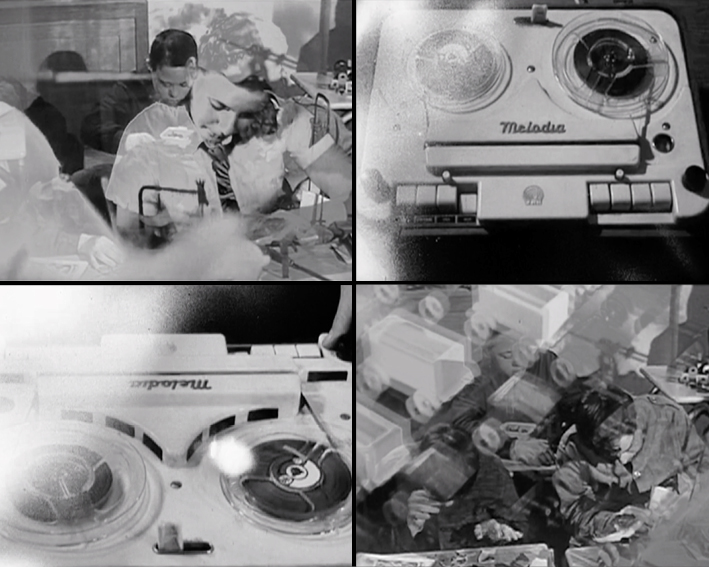
Vincent Epplay, stills from the film Atelier des sons et expressions spontanées, 2020
LC: Although the film is an incredible account of the freedom and daring behind the educational experiments of the time, what comes across is, above all, a lot of emotion. Are you aware of having expressed, with this project, something more personal than in other works, that draws on your own experience at the Freinet school in Vence, in France?
VE: While making the movie, I didn’t really know what I was getting into at first, and the furthest thing from my mind was what it might provoke in the spectator. After the first screening, a woman familiar with the topic told me, “This is not a film about Freinet… it is a Freinet film!” which sums it up nicely. My personal experience is clearly not incidental to the story, but I tried to avoid using the film to talk about myself. Instead I approached the subject in a disjointed, even dreamlike way, starting with the idea of being an enthusiastic listener of this spontaneous music, of this free expression, while trying to find my own way of recreating all these experiences, each unique in their kind, be they conducted in the early 1960s or late 1970s. These productions correspond to a very specific moment in time when children still weren’t too influenced by commercial, mainstream music, and when the distribution tools for culture and information — radio and black and white television — were not yet completely dominant. So what came out was something akin to a manifesto. Deep down, the children were saying: Today we need to show educators that this music will take up the eminent place it deserves within our modern classrooms, in service of children’s creativity, of musical culture, of life.
LC: We touched briefly on how you also spent some time at a rather incredible school in which a number of artists and unique personalities passed through. Could you tell us a little more about it?
VE: I was brought up in the Freinet school of Vence (in south of France) from 1969 to 1975, so for my very first years of schooling! It was certainly a period when the Freinet movement was in full swing, with the ICEM (Institut Coopératif de l’Ecole Moderne). In one scene, we get a glimpse of an architectural experiment conducted in the Freinet school of Vence in 1971 by Jean Boris (architect, researcher, founder of RAUC – the Research Center for Architecture, Urbanism and Construction). The idea behind this experiment was for children to investigate the theme ‘Your real habitat/Your dream habitat’. To do so, the architect crafted semi-rigid foam modules in the shape of trapezes, triangles, and handed them over to the children as their primary building materials. We stood before a literal mountain of foam blocks, and for an entire month we built, individually or in small groups, an ideal habitat in the middle of the forest. We could sleep there and occupy it during the day—it was a pretty incredible life experience and way to understand space. Robert Filliou was not far away, in Saint-Jeannet where he lived at “République Géniale”. He and his wife Marianne sent their daughter Marcelle to the Freinet school in the very early 1970s and they came to propose their own interventions, like many other parents, to share their skills and desires. Another amazing personality, Ib Schmedes, a Danish entomologist and filmmaker, regularly visited to conduct workshop-lectures dedicated to the fauna and flora of Provence. In fact, he even initiated an eco-museum that was finally opened in La Gaude (not far from Vence). I don’t remember everything… there were certainly many others.
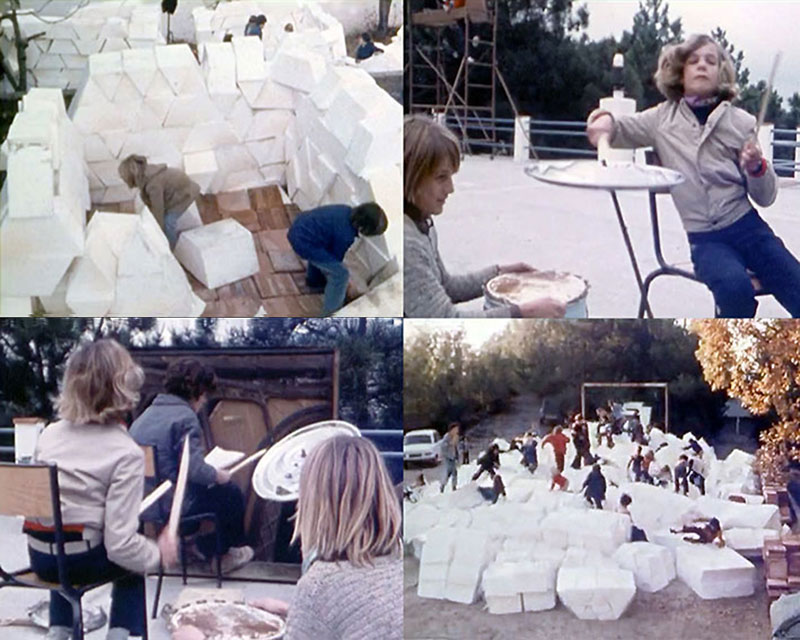
Vincent Epplay, stills from the filmAtelier des sons et expressions spontanées (Architect Jean Boris’ workshop in Freinet school)
LC: What role did this education play in the evolution of your artistic work?
VE: I would say it kind of imbued my way of making art: the idea of experimentation prevails over the final result. To consider an artist’s activity as a way of exchanging, of shifting things and creating encounters, that is perhaps something I picked up from my time at a Freinet school. I got even more interested in approaches related to music made by artists, who are often not musicians. You can actually find similarities in approach between these spontaneous musiques brutes made by children and other experiments in music, for example music by “the insane”, or Jean Dubuffet and Asger Jorn’s Musique chauve and Musique phénoménale, Alain Saverot’s La ballade rustique, the duo Nu Creative methods by Bernard Pruvost and Pierre Bastien, and many others.
LC: The film is a chance to discover an ensemble of documents, magazines and vinyl records published by ICEM and éditions CEL. What was the role of this publishing company, which no longer exists today?
VE: The ICEM (Institut Coopératif de l’Ecole Moderne), a non-profit organization created by Célestin Freinet in 1947, united teachers, trainers and educators. The CEL (Coopérative d’enseignement laïque) distributed publications (BT booklets, working libraries, or the magazine Art enfantin) and other materials: musical instruments like Ariel, tape recorders, turntables, tools for printing, one of the bases of Freinet teaching. These structures were two complementary entities whose goals were research and innovation in education, disseminating the Freinet method alongside refining and experimenting with classroom teaching tools, and publishing magazines and documentary recordings for children and teachers.
These educational publications give a unique account of the issues related to musical practice: How do you teach music? Which methods are effective? What is the relationship between the free expression we advocate and music? Starting from these questions, music workshops and sound creation studios were set up, equipped with acoustic and electronic instruments that were provided, in some cases, by CEL, or fabricated by the children themselves.
“As long as we are children, we think and live without differentiating between working, inventing, creating and even playing. The word ‘art’ does not mean anything other than being alive every day, normally and ‘naturally’, while proclaiming it.” MEB and J.-P. L. “Encore un disque nouveau”, éditions CEL.
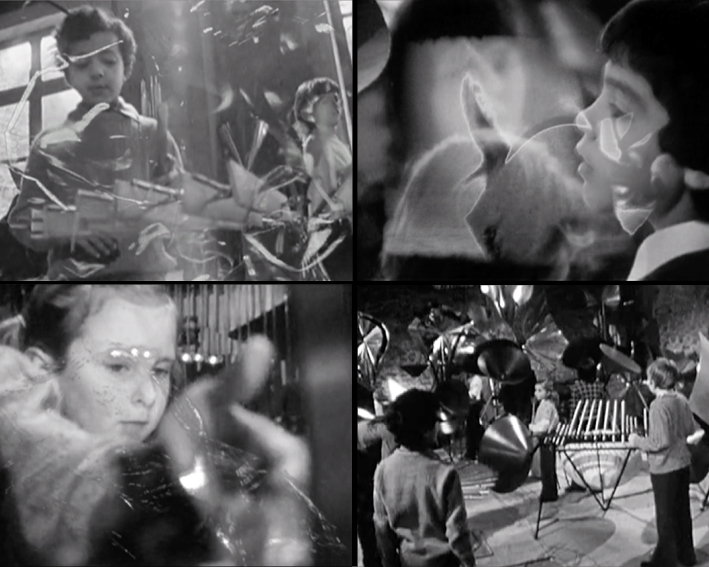
Vincent Epplay, stills from the film Atelier des sons et expressions spontanées
LC: Today, critical pedagogy has seen a resurgence, particularly in Montessori schools. Yet if we watch the film carefully, we cannot help but wonder whether this enormous capacity for experimentation has truly and fully taken anchor. What is your perspective?
VE: Indeed, that all corresponds to a particular era, the early 1960s until the mid-70s, when concrete music was emerging from the studio-labs of La Maison de la Radio and free jazz hit its climax as a form of protest music; but it was also a time of experimenting with utopian architecture for all, the early stages of handheld recording with Portapak video recorders, and many other tools that foster the imagination and creative desires—an era when utopias did not frighten us. In fact, you can read it in the texts that accompanied the CEL recordings: “This recording is neither a reward nor promotion, and even less a favor. It is simply a way of entering into dialogue and remains a medium for expression. In order for this expression to become communication, it is desirable that it elicit reactions.”
This film is dedicated to Clem and Maurice Berthelot. Thank you: Stéphane Broc, Frank De Quendo, Pascale Cassagnau.
Translation by Maya Dalinsky
